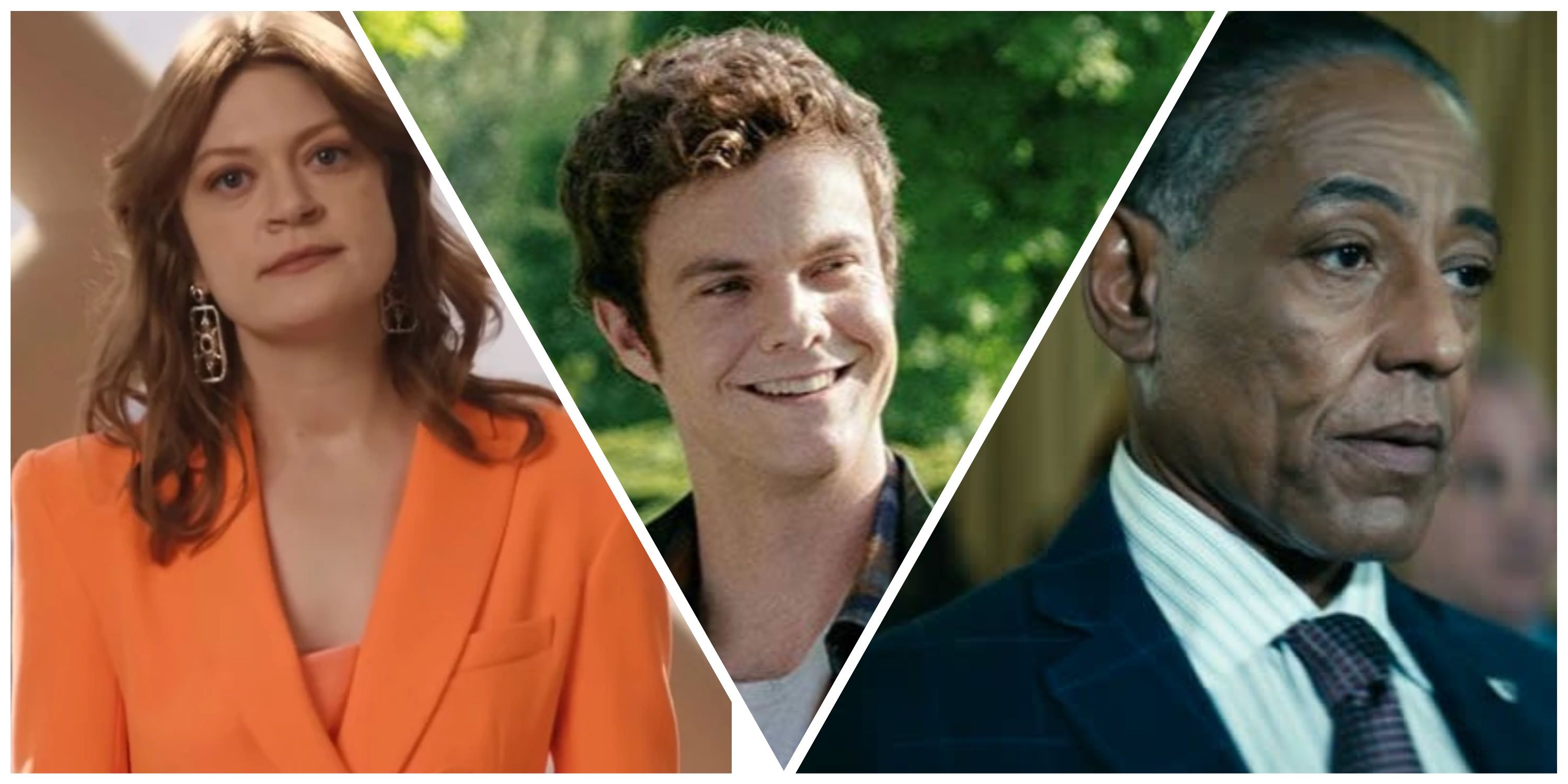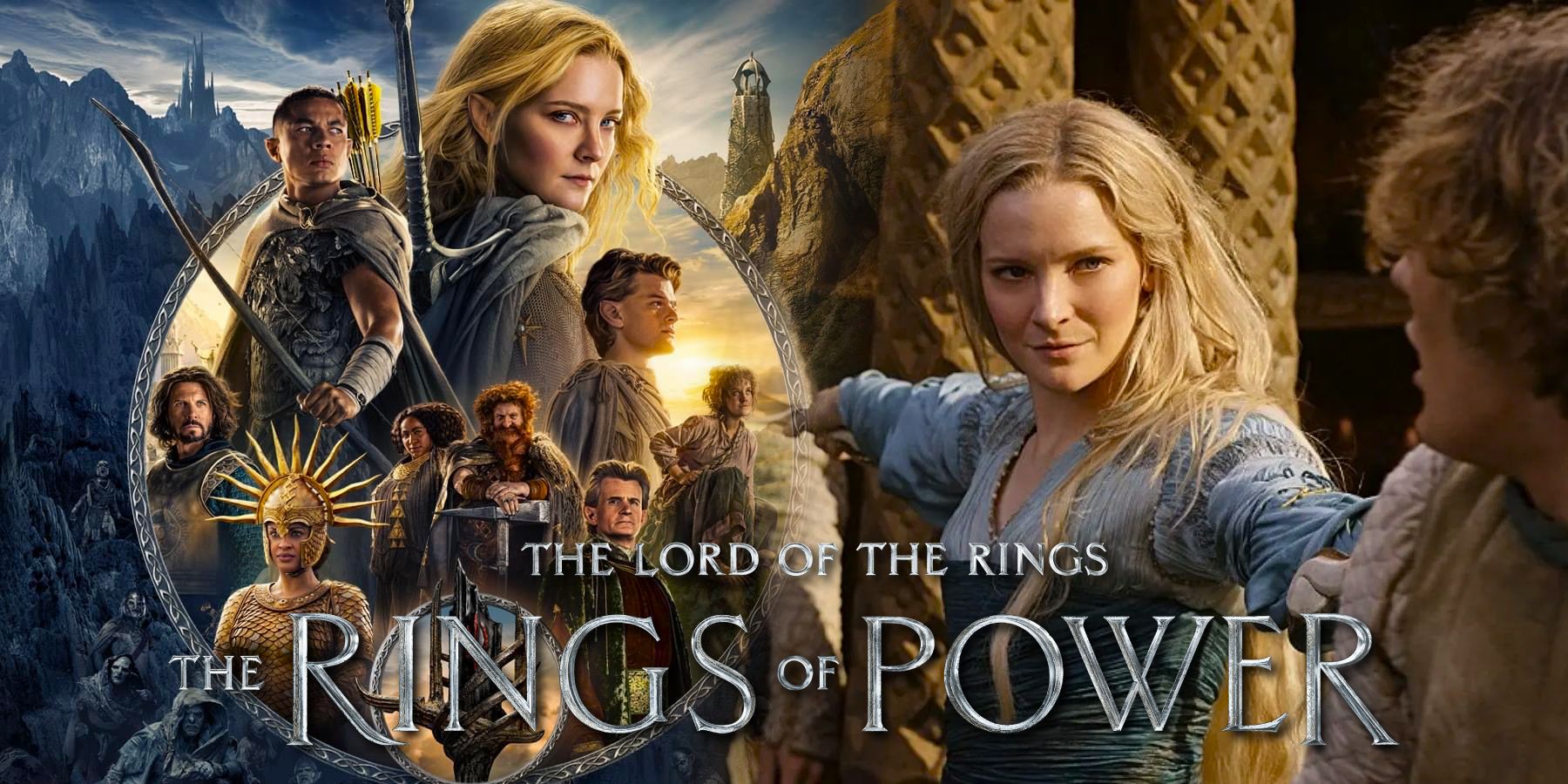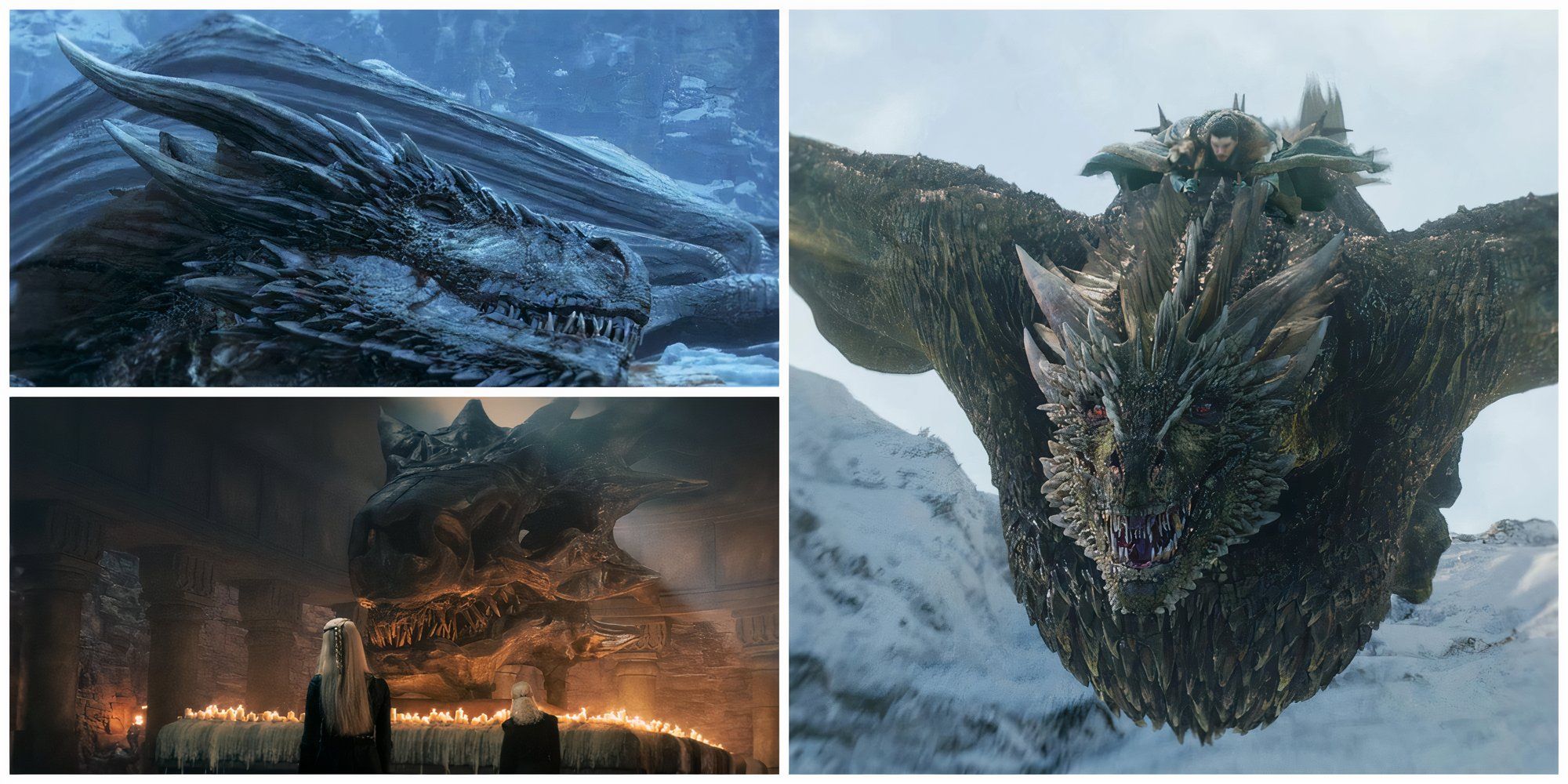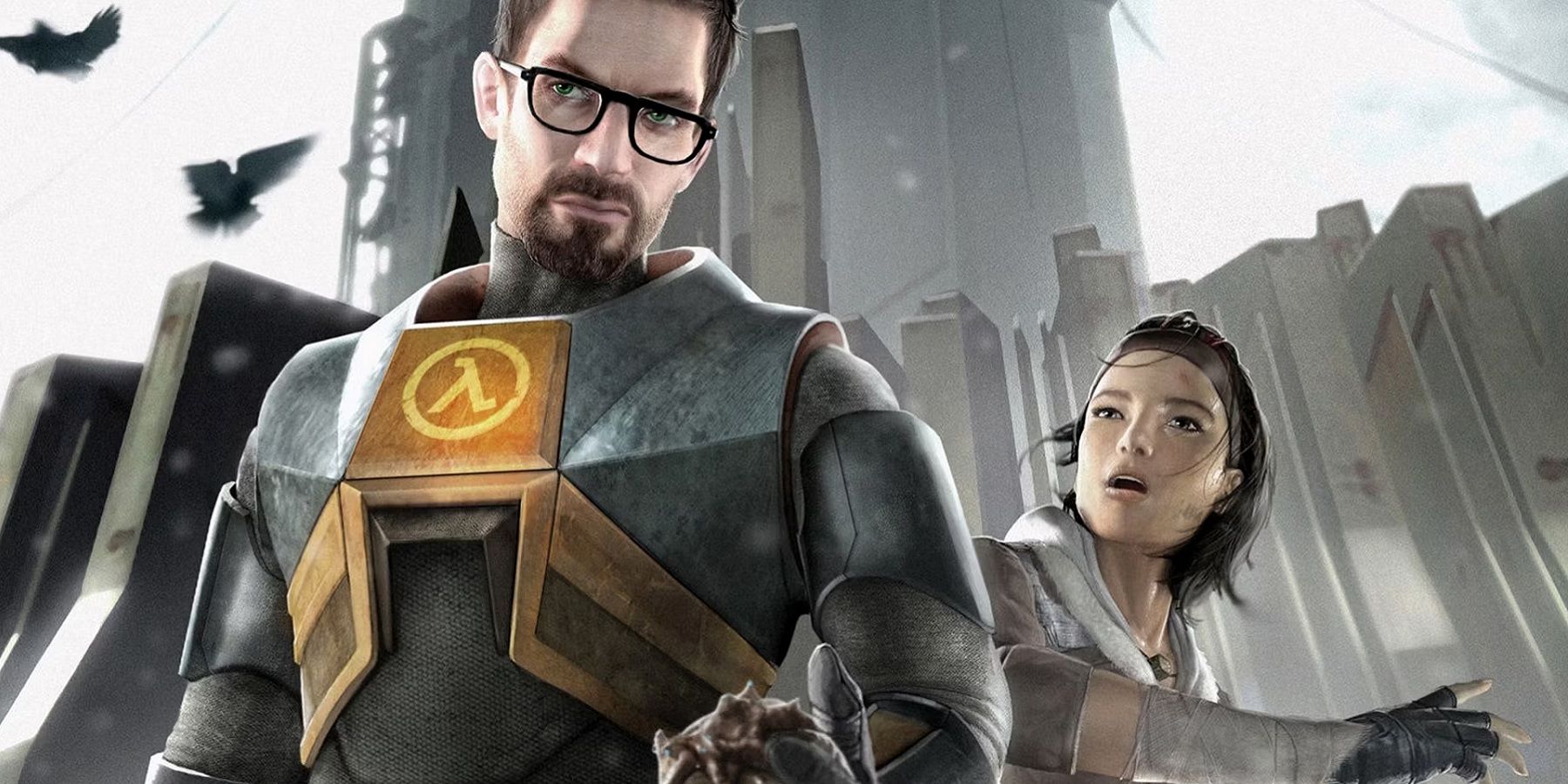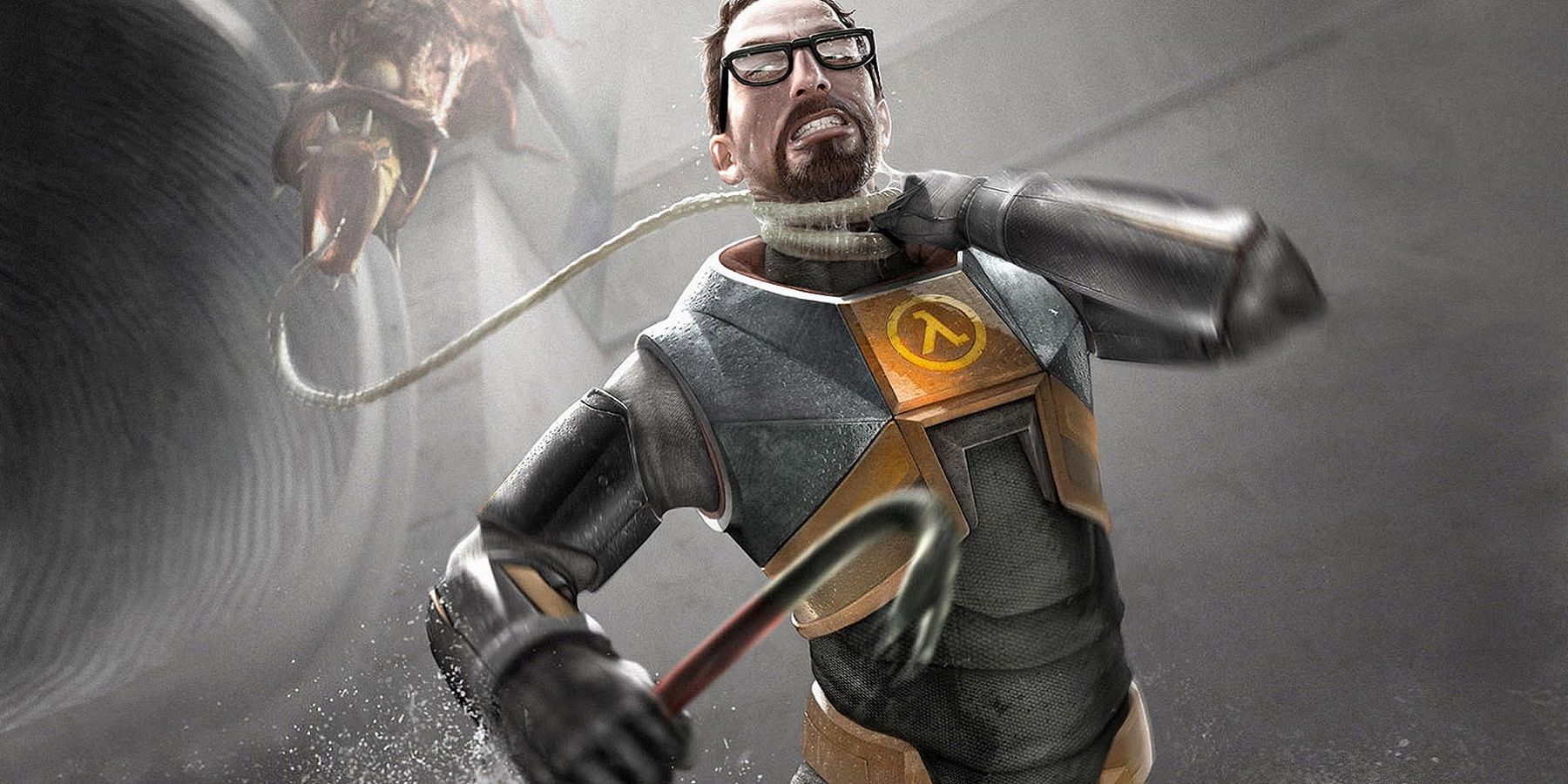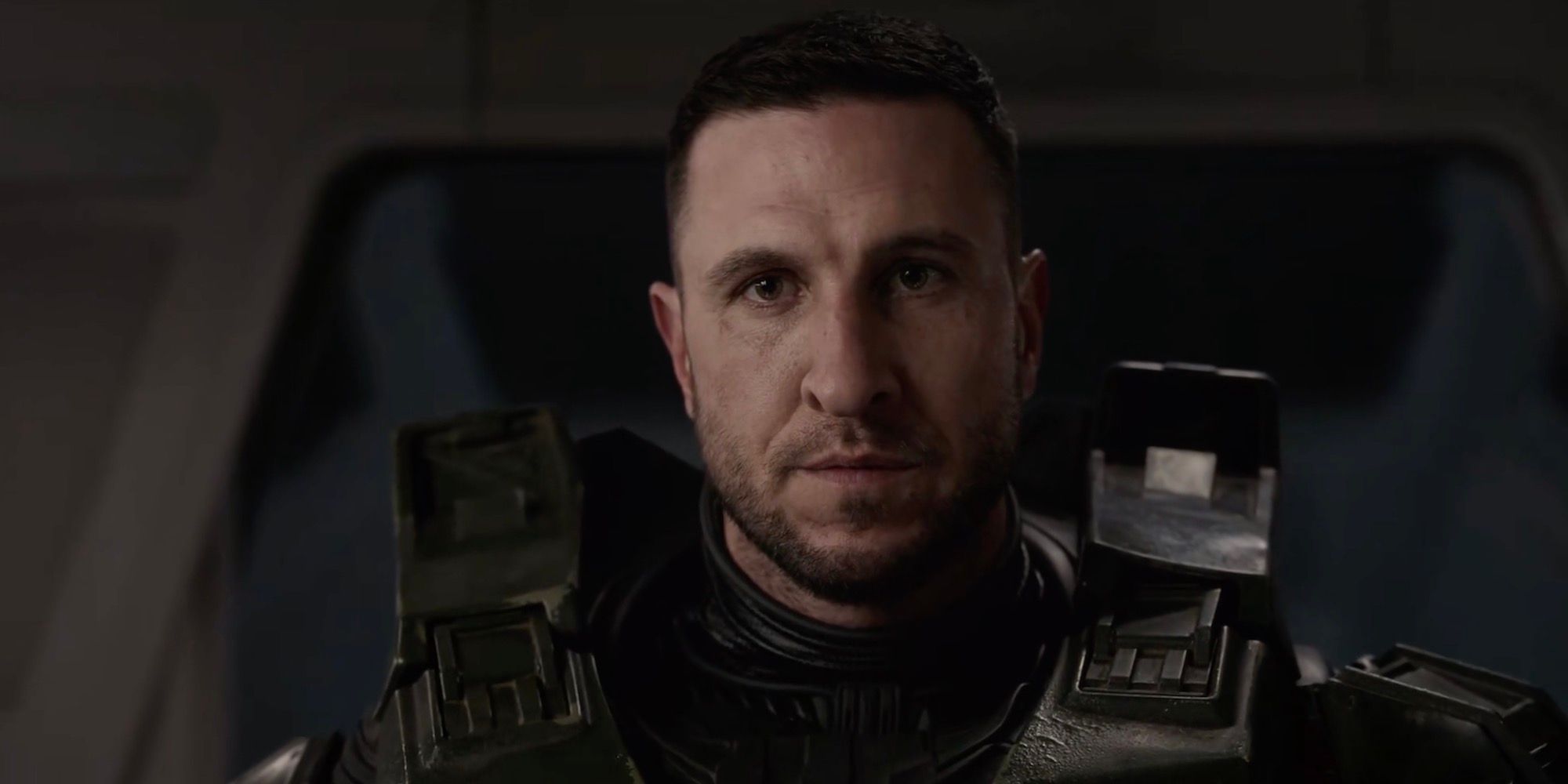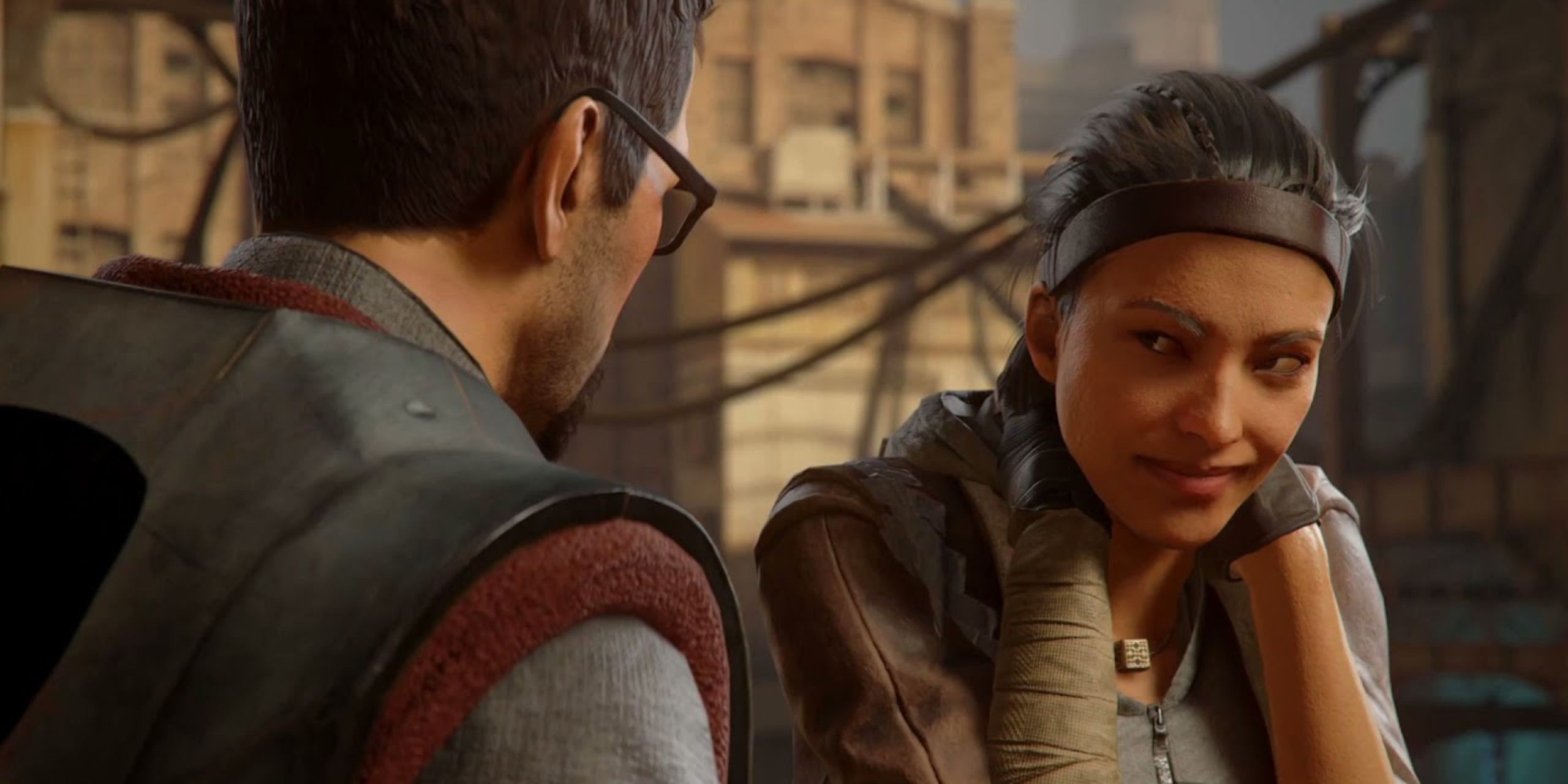It might be halfway through the century before gamers see any progress made on Half-Life 3 from Valve, but that doesn’t mean there will be a lack of content. Half-Life: Alyx released in 2020, proving that Valve hasn’t forgotten about their fan-favorite series. There is plenty of narrative space to continue the expansion of the beloved sci-fi first-person shooter series.
With the recent success of The Last of Us on HBO and a Fallout series poised to premiere on Amazon Prime, a jump to the small screen –or big screen – isn’t off the table for this little independent game. However, adapting the original Half-Life is no easy feat. There are a lot of things to get right, as well as plenty to avoid.
Gordon Freeman Is A Silent Protagonist
Gordon Freeman, Half-Life’s primary hero, is a theoretical physicist who inadvertently triggers an interdimensional war. Despite being embroiled in such a cataclysmic event that would rope anyone else into uttering some appropriate curse words to themselves, Gordon doesn’t speak a word of dialogue throughout his tenure in the Half-Life series. He’s what is known as a silent protagonist. It’s a common trope in video games, notably used in Mario Bros., The Legend of Zelda series, and Grand Theft Auto 3.
This stylistic choice allows the player to fully immerse themselves into the world that’s presented before them, projecting themselves onto the character. As a result, the player’s actions become the primary expression of the protagonist’s personality. It’s a simple technique to use when developing a video game, but not as easy in the creation of a TV series or movie. However, writers for a potential adaptation could utilize a couple of methods to work around Gordon’s silence without straying from the source material.
Firstly, it would be a clever and humorous nod to the trope if Gordon was repeatedly interrupted by other characters. His job at the Black Mesa facility is a rather boring one at first that simply requires him to press a button and not interact with anyone. It’s hard work. That might get played out fast if done too frequently, but it’s a start. Making him mute is another option, but not as clever. Thirdly, having Gordon undergo some sort of trauma to his throat that inhibits his speech might be the best course of action, or a combination of this and the interruptions. It would maintain the video game’s integrity while giving an in-story explanation for why the character does not speak.
Halo Proved That Rules Can't Be Broken
One of the biggest drawbacks to adaptations is the changes made to the source material. It’s a gamble because some changes work, such as the ending to Frank Darabont’s adaptation of Stephen King’s novella The Mist. Darabont’s ending deviated from King’s, but it worked because it enhanced the tone of the story. The same can’t be said about the changes made in the Halo TV series on Paramount Plus.
Master Chief goes the entirety of the ongoing video game series without showing his face. There are a few flashbacks to his childhood, but clever editing keeps his face hidden as an adult. This is a stylistic choice by the game’s original developers that was kept intact when 343 Industries took the reins. It adds to the character’s intrigue. However, the live-action TV series throws that idea out the window and unapologetically shows Master Chief’s (Paul Schreiber) face in its pilot episode. This wouldn’t be an issue with fans if there were good reason for it or if it added something to the story, but that's not the case. If anything, it detracts from the character.
Despite fans being warned ahead of time that the show’s continuity would stray from the game’s, and would more closely follow the novels, fans were disappointed that the changes happened so early. They felt the show hadn't earned its liberties yet. A Half-Life adaptation would have to avoid similar changes in order to succeed. Gordon Freeman couldn’t spout off an entire monologue at the beginning. He also couldn’t be a trained soldier with experience against aliens. Fans want to see the character they know and love.
Alyx Vance Could Be The Main Character
If the developers of a potential Half-Life adaptation don’t want to struggle to write a silent protagonist, there is another option that maintains the integrity of the series: Alyx Vance, member of the resistance and daughter to the resistance leader Dr. Eli Vance. She’s just as impactful and beloved as Gordon Freeman. Alyx first appeared as an NPC in Half-Life 2 and its subsequent episodes, before going on to be the main character of Half-Life: Alyx, the series’ virtual reality installment. Alyx has a close relationship with Gordon Freeman, opening up potential avenues for his character to appear while maintaining his silence.
Alyx has all the makings of a leading role, from her distinctive appearance to her wry sense of humor. Who wouldn’t enjoy some one-sided banter between her and Gordon? Furthermore, Alyx is an expert hacker and engineer, positioning her as a vital part of the resistance against the Combine. The Half-Life community adores Alyx and wouldn’t be the least bit disappointed if she was the adaptation’s focus.
Using Alyx to lead a TV series or movie would give fans a refreshing point of view on the series. It would feel less like replaying the video game, and more like seeing an extension of the beloved franchise. After all, creating an adaptation isn’t about recreating the source material beat-for-beat. Rather, it’s about capturing the essence of the creator’s intentions while making it more accessible or relevant to contemporary audiences.

